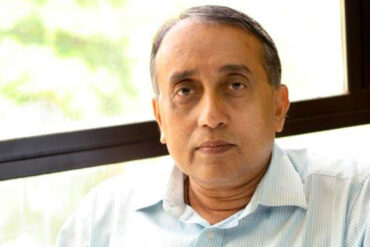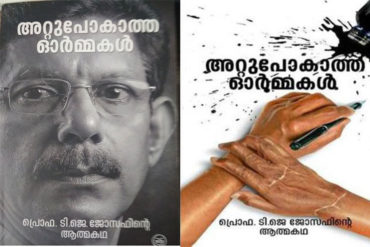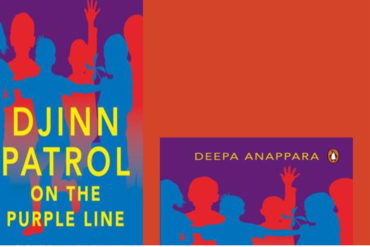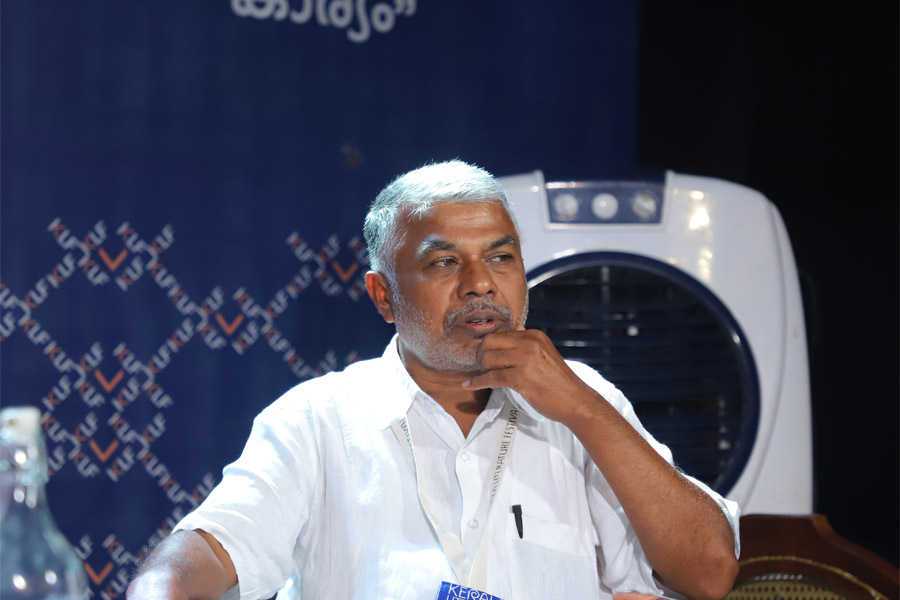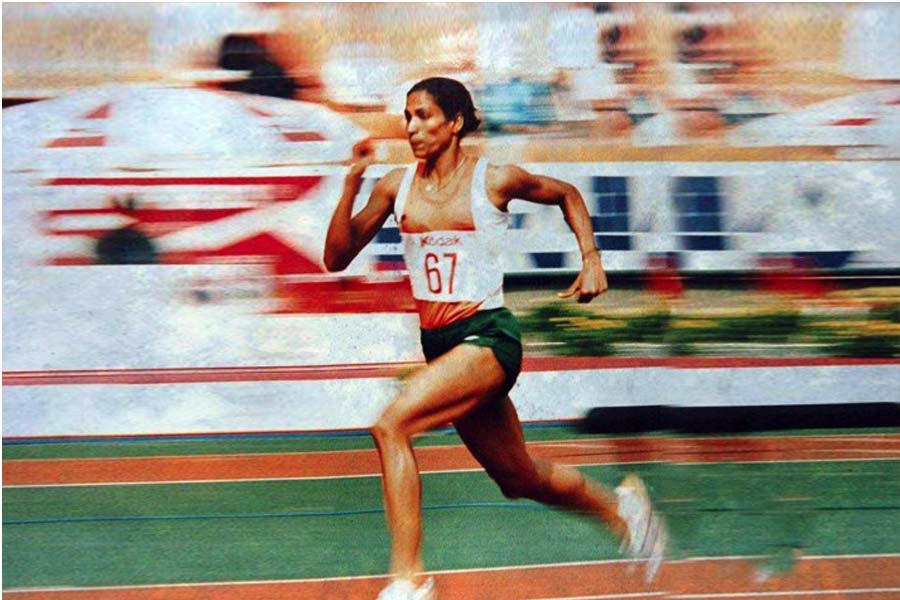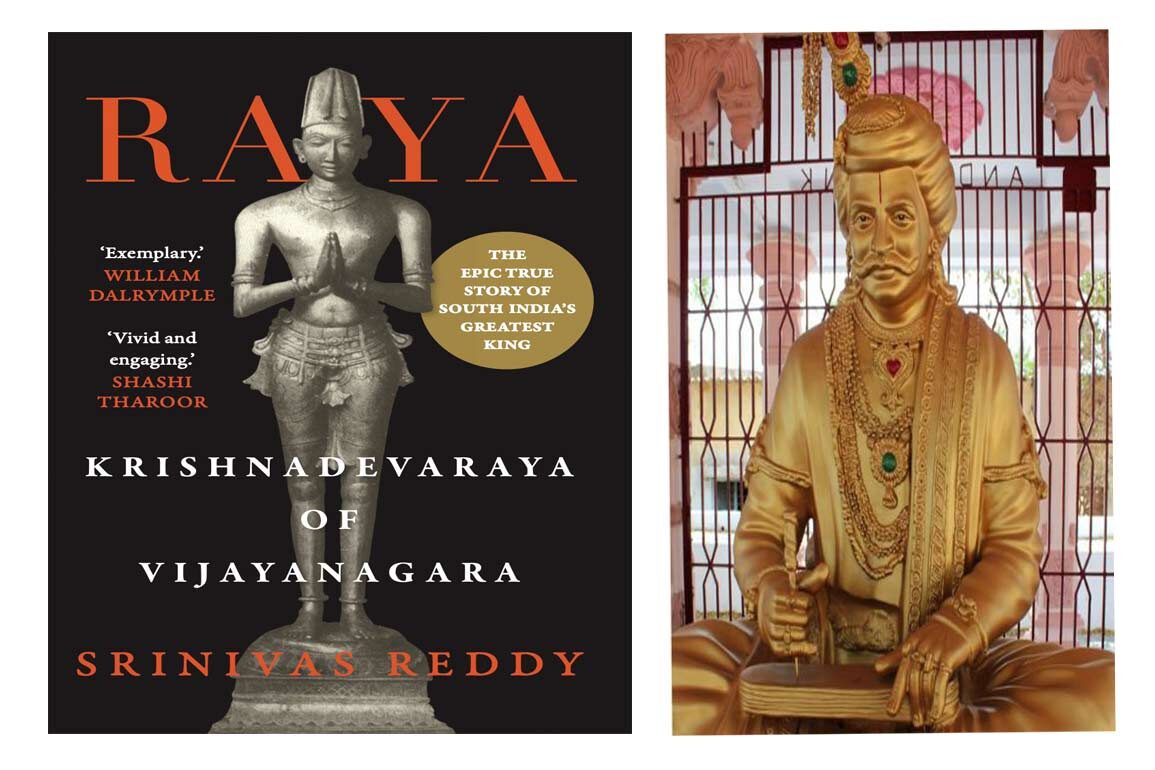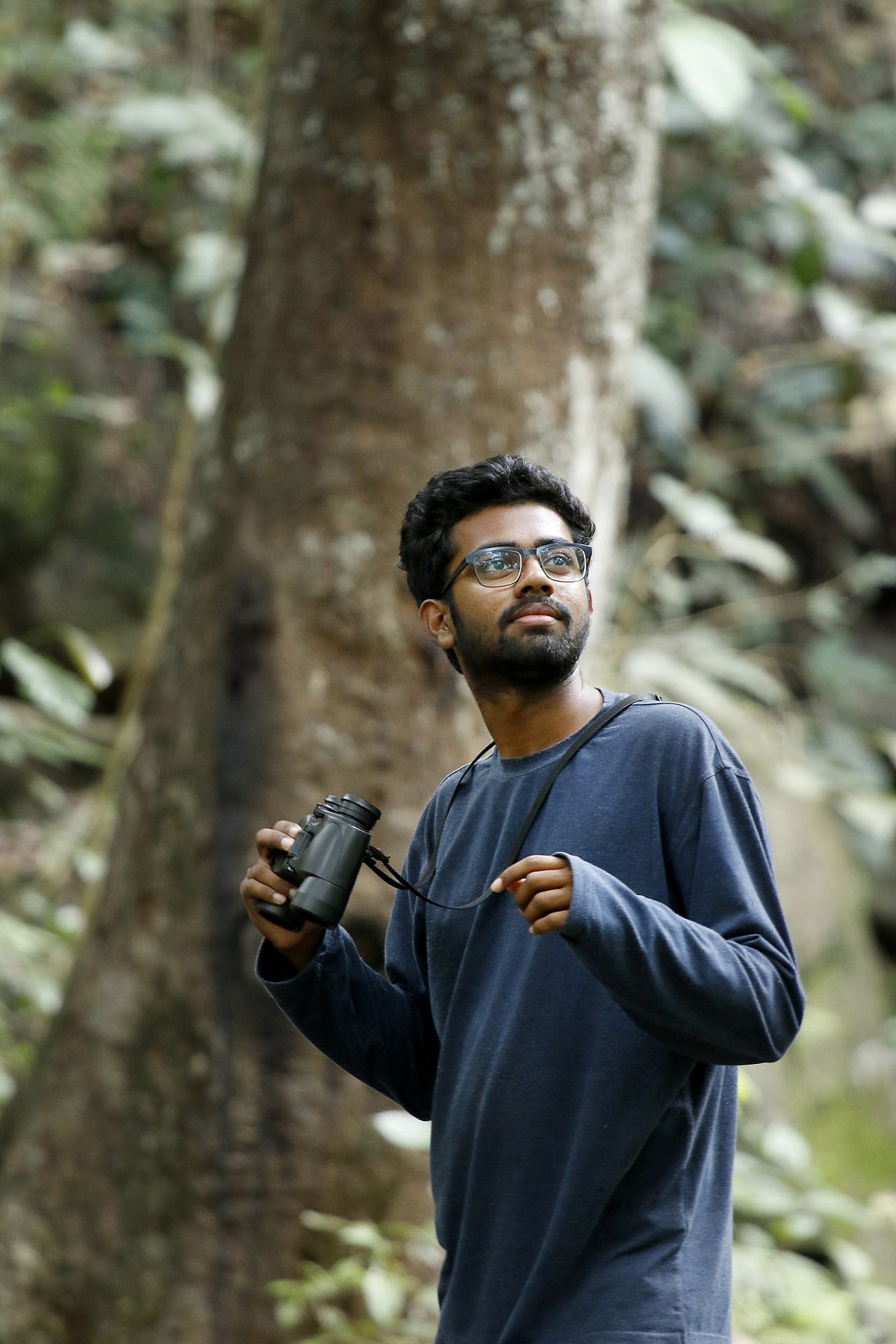Just when Krishnadevaraya was about to ascend to the throne in Vijayanagara in 1509, his late father’s Prime Minister, Timmarasu, took the young man aside, and instead of imparting some advice, he slapped him. Krishnadevaraya was shocked. Timmarasu said, “It is important for you, as a young king, to remember the hardships of life and the pain of being punished.” Timmarasu also said that punishments should be meted out judiciously because, after this day, Timmarasu could not discipline the new king, but could only obey his command, whatever it may be.
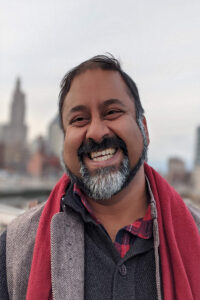
The US-based academic, Srinivas Reddy, has recounted this anecdote in his engaging book, Raya — Krishnadevaraya of Vijayanagara. When Srinivas was translating Krishnadevaraya’s poem, Amuktamalyada, he realised that not only was Raya a great king but a celebrated poet as well. A desire arose in him to write about the king. “I aimed to write a scholarly work but I also wanted to make it accessible for everybody,” says Reddy on the phone. He did extensive research of the period in which Raya ruled (1509-29). In the bibliography section, the names of 60 authors have been mentioned.
One of Raya’s greatest achievements was that he was always victorious in battle. He defeated the Gajapatis of Orissa, the Sultans of Bijapur, and many other rival kings. Thereafter, he ruled over a large kingdom. And providing shrewd, tactical and wise advice was Timmarusu.
Raya’s second achievement was to create an aura of a majestic king. “The people looked up to him,” says Reddy. “Raya was also a skillful administrator. He built tanks, and temples, and provided several benefits to the people. He was a people’s king.” To get a better idea of their needs, Raya would disguise himself and walk through the streets.
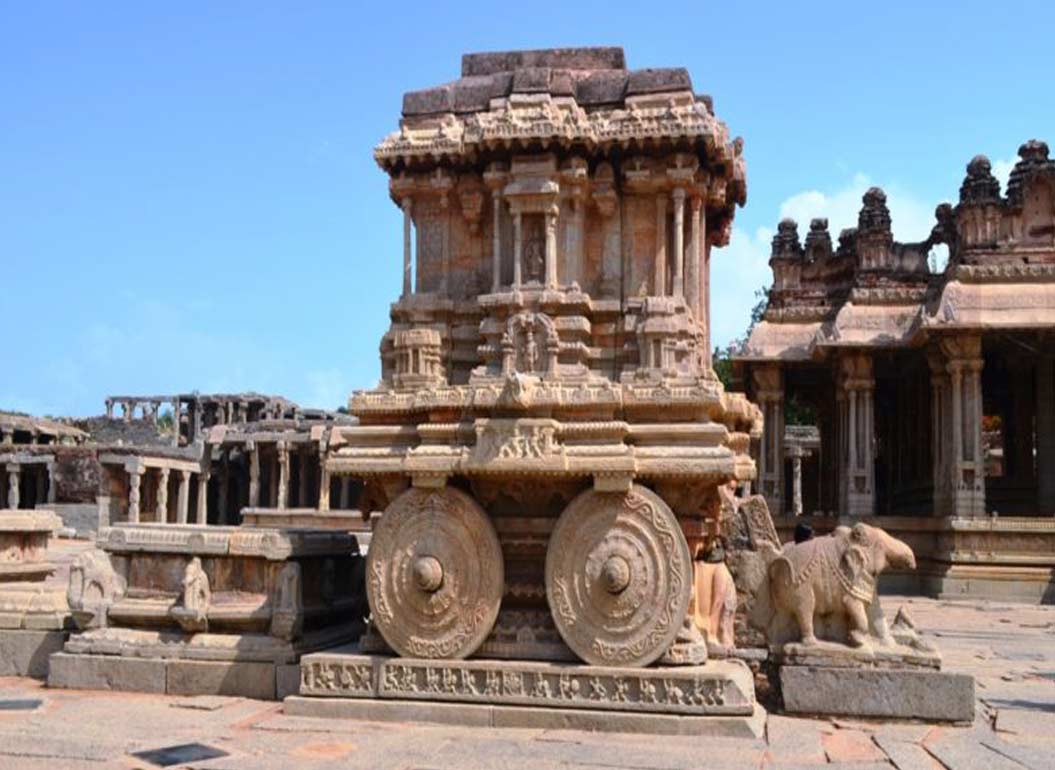
And at its peak, Vijayanagara was a dazzling place. As Portuguese traveller, Duarte Barbosa wrote, ‘There is an endless number of merchants, wealthy men and natives of the city to whom the king allows such freedom that every man may come and go and live according to his own creed…great equity and justice are observed by all, not only by the rulers but by the people one to another’.
Thanks to the Portuguese horse trader Domingo Paes, who came to Vijayanagara, and whose writings appear in a book called Chronica dos reis de Bisnaga (Chronicle of the Vijayanagara kings), Reddy has been able to describe the morning schedule of Raya. “The king would wake before sunrise and massage his whole body with amber-coloured sesame oil before gulping down half a litre of the same. Wearing but a tiny loincloth he would exercise his arms by lifting great earthenware weights and practising with a sword until all the oil he had just consumed was sweated out of his body. Next he would spar with one of his wrestlers before mounting his horse and galloping over the plains until dawn. And then after being bathed by a trusted brahman, he would go to his private temple to offer his daily prayers. Finally, he would make his way to the meeting hall where he would discuss matters of state with trusted officers and city governors.”
Asked about the lessons Indian politicians can gain from Raya’s life, Reddy says, “You have to lead by example. When leaders behave in a certain way, people behave in the same way. In Sanskrit, there is a saying, Yatha Raja, Tatha Praja (As the king, so the people).”
But what is distinctive about today’s times is that populist leaders like US President Donald Trump and Russian President Vladimir Putin are predominant. “Raya’s life as a king shows that there has to be a philosophy behind any political action,” says Reddy. “And his philosophy was simple: you do well for the people, the State does well. Or you do well for the State, the people will do well. There was a symbiotic relationship between government and the citizenry.”
Reddy admits that the thinker-politician is rare today. “The only names which come to mind are former US President, Barack Obama, and Thiruvananthapuram MP, Shashi Tharoor,” he says. “There should be a dialogue between theory and action.”
As to whether there was communal polarisation during Raya’s time because Muslim kings were also ruling, Srinivas says, “Polarisation has a modern connotation. During the 1500s, there was a lot of cultural interaction happening in the Vijayanagara kingdom. The Deccan Sultans were bringing interesting people from Persia, then the Portuguese came in, and Islam also thrived. There was a heated rivalry between Vijayanagara and the Sultans of Bijapur, but they were always interacting with each other, and had marriage alliances.”
The striking aspect about Raya’s rule was the high level of tolerance. You could do what you wanted in your personal, religious and cultural life. “But everybody was part of a community,” says Srinivas. “If you study the history of India, it was a place of tolerance. However, within communities, there was discrimination, like the caste system. The reason communalism thrives now is because we are still stuck in the colonial mindset. The leaders are lost in rhetoric and uselessness.”
The book has received high praise. Historian William Dalrymple says, “This is an exemplary biography. Minutely researched, full of new material, this finely written study is full of good stories, revealing anecdotes and cleverly analysed myths.” Says scholar Rajmohan Gandhi, “As a man, Raya has remained elusive until this riveting study.”
Raya — Krishnadevaraya of Vijayanagara; Published by Juggernaut

